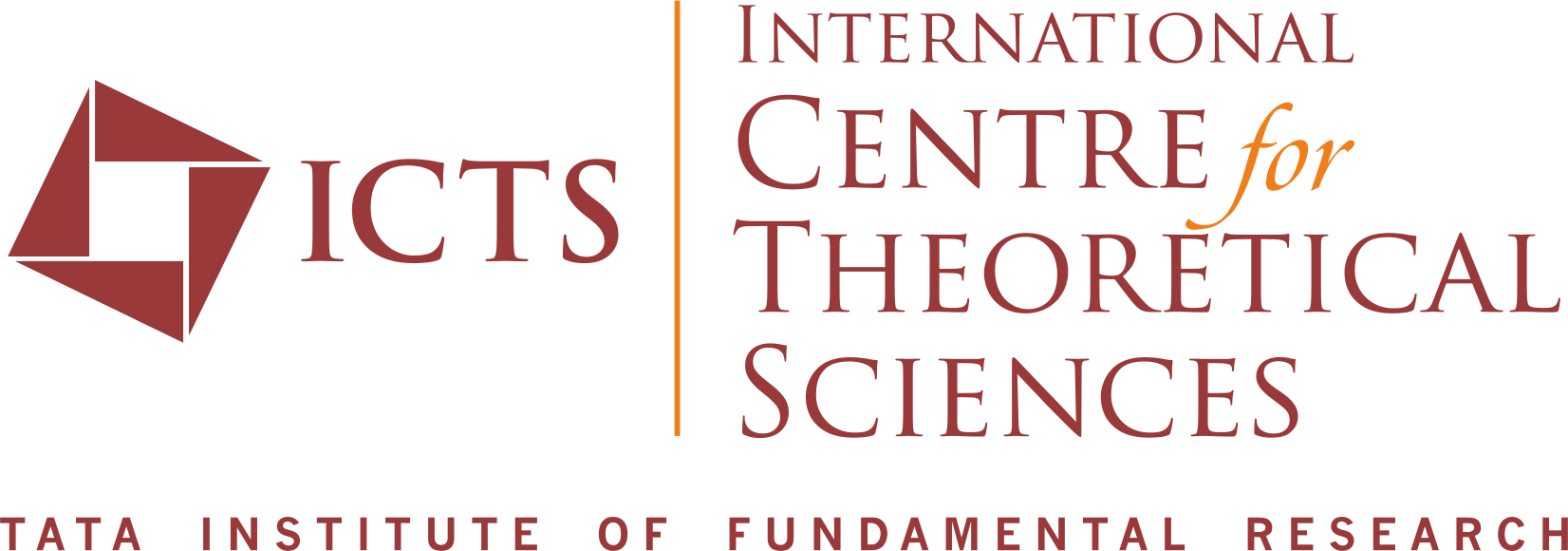Our immune system is an extraordinary collection of molecules and cells, which together protect us from pathogens and infectious diseases, such as smallpox, dengue or Ebola viruses. An essential step to decipher the governing rules of our immune system is to understand how its molecules and cells interact and communicate in health and disease. Experimental techniques such as flow cytometry, single-cell genomics and novel imaging methods have greatly advanced our ability to explore the immune system. Together with the generation of new experimental and clinical data sets, there is a need to develop mathematical models that can describe immune dynamics at the molecular, cellular and population scales. In doing so, we can, for example, provide answers to the following questions: i) what are the events and their probabilities that lead to the generation of a naive T cell in the thymus, ii) what is the minimum number of dendritic cells that are required to generate an immune response and iii) how can we quantify the infectivity of a given pathogen (a virus or a bacterium).



